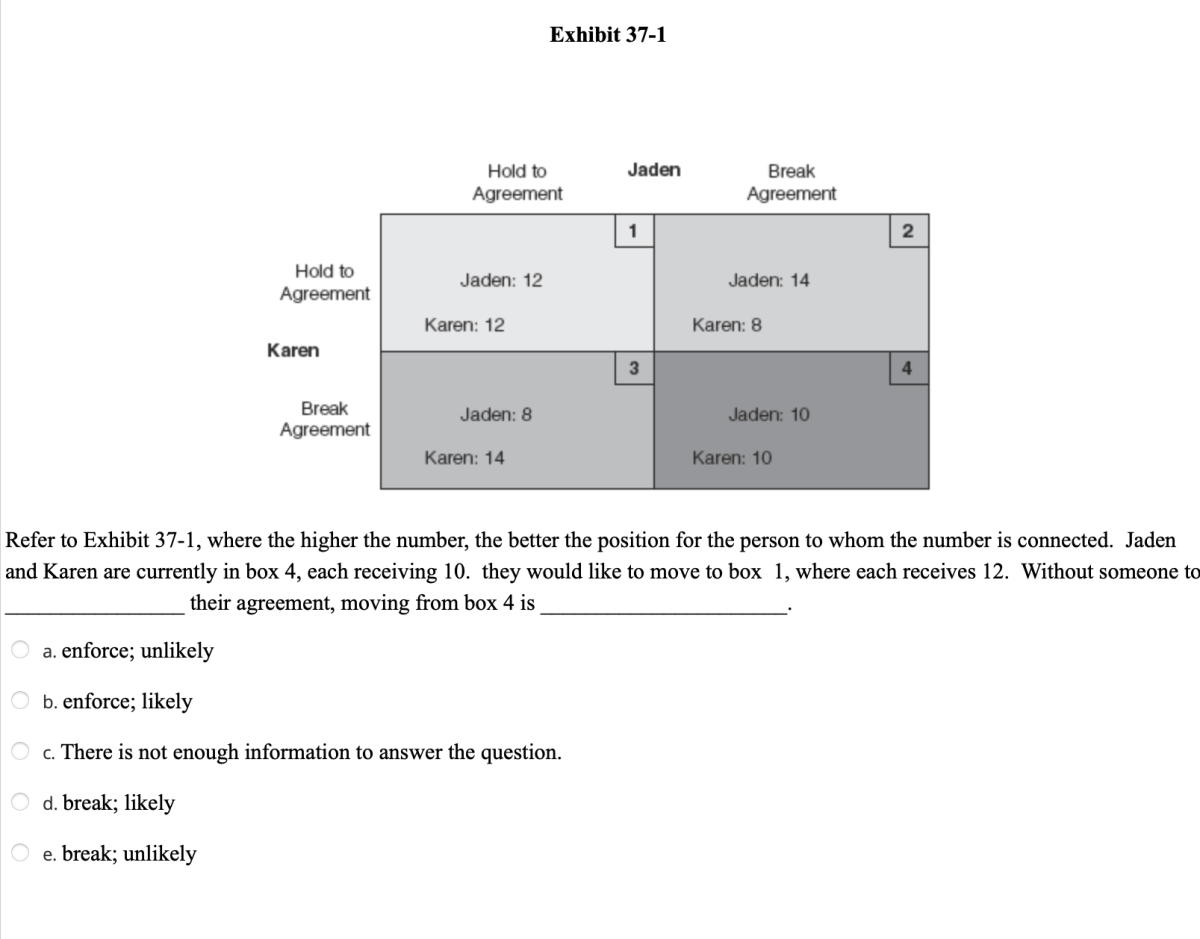The Centipede Game, a deceptively simple game of sequential decision-making, offers a fascinating glimpse into the complexities of human behavior and the limitations of purely rational strategies. It presents a scenario where two players can cooperate for mutual gain, but the temptation to defect and grab a larger immediate payoff often leads to suboptimal outcomes for both. We’ll explore the game’s rules, the power of backward induction, and how psychological factors influence player choices, ultimately revealing the surprising insights this seemingly straightforward game provides.
The Centipede Game is a classic example of game theory, showing how rational self-interest can lead to suboptimal outcomes. Think about how the players’ decisions cascade, a bit like the chaotic energy in the riff movie , where seemingly small choices create huge, unpredictable results. Ultimately, understanding the Centipede Game helps us see how cooperation, or lack thereof, dramatically affects the final payoff.
This exploration delves into the core mechanics of the Centipede Game, examining its payoff matrix and the strategic implications of each decision point. We will analyze how game theory principles, particularly backward induction, predict the rational outcome, contrasting this prediction with the often-observed behavior of real-world players. The role of trust, cooperation, and various psychological biases will be carefully considered to understand why players frequently deviate from the theoretically optimal path.
The Centipede Game: A Deep Dive
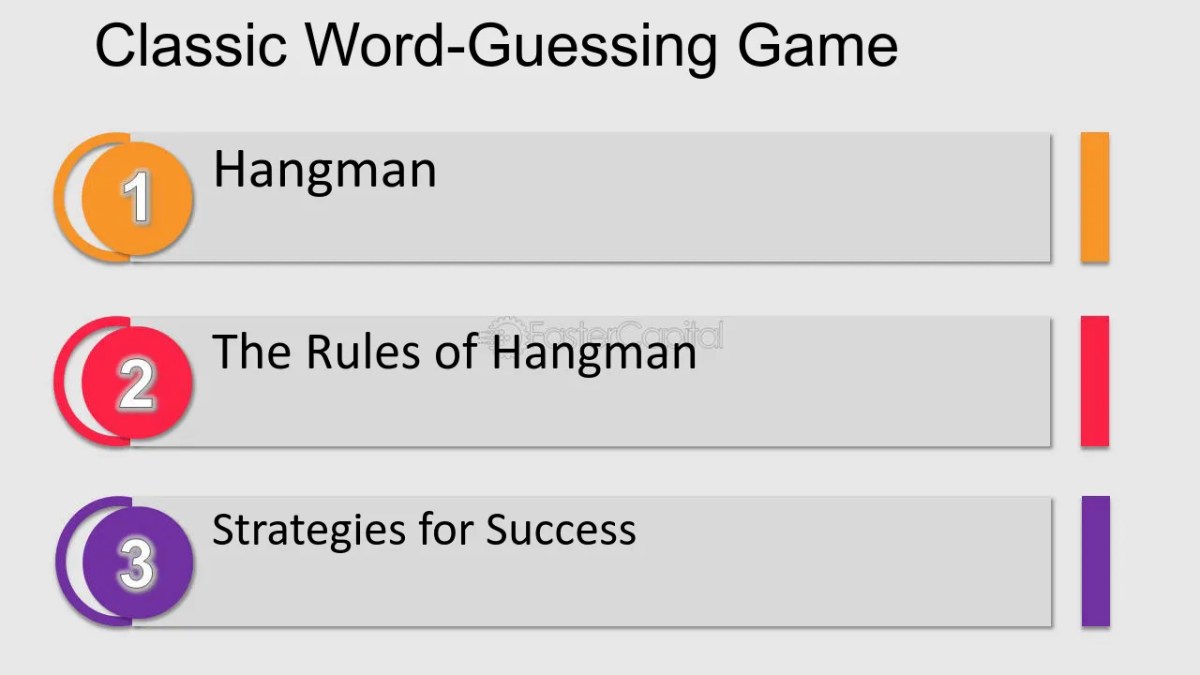
The Centipede Game is a fascinating game in game theory that highlights the tension between rationality and cooperation. It’s a simple game with surprisingly complex implications, revealing much about human behavior and the limitations of purely rational decision-making.
Introduction to the Centipede Game
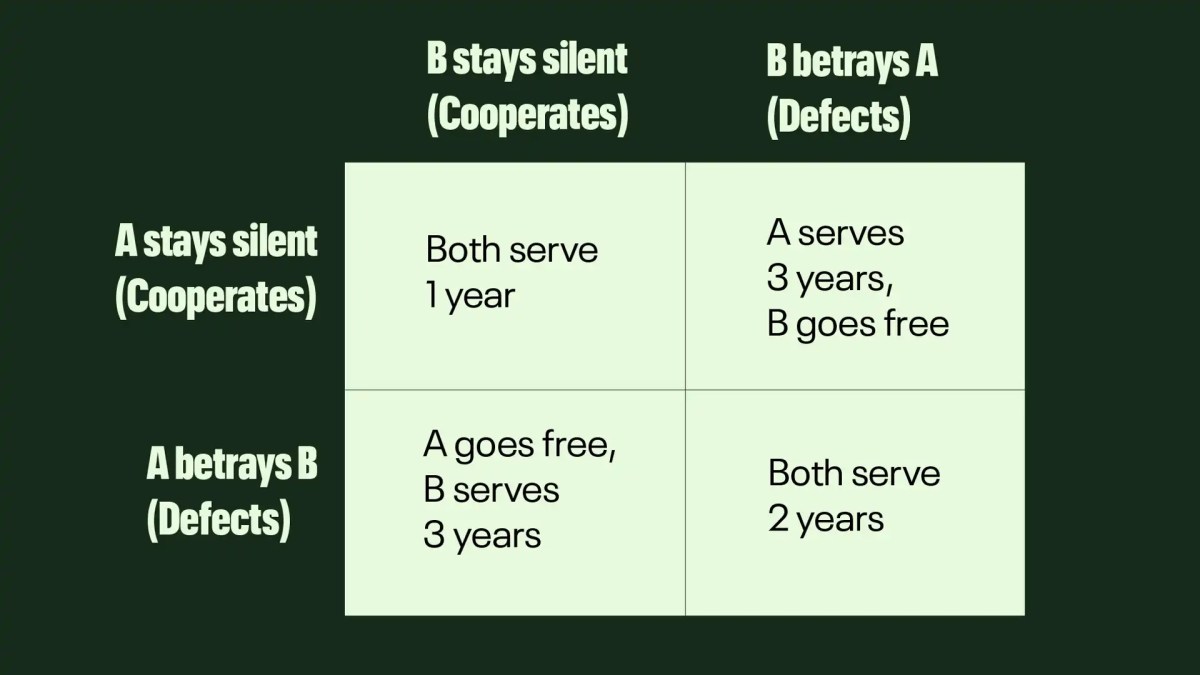
The Centipede Game is a sequential game where two players alternately have the opportunity to take a larger share of an increasing pot of money. At each stage, a player can either “cooperate” and pass the pot to the other player, increasing its value, or “defect” and take the larger share for themselves, ending the game. The game’s structure is defined by a payoff matrix that specifies the amounts each player receives based on their choices at each stage.
For example, a simple three-round game might have payoffs structured where cooperating at each step would eventually result in higher payoffs for both, but defecting at any point ends the game and gives a slightly higher payoff to the defector than the other player would receive at that point.
A typical interaction might look like this: Player 1 starts with a choice of cooperating (passing the pot) or defecting (taking a small amount). If Player 1 cooperates, the pot grows, and Player 2 gets a choice. If Player 2 defects, they take a larger share, leaving a smaller share for Player 1. This continues until a player defects or the game ends.
The payoff matrix shows the possible outcomes for each player based on the sequence of choices.
Game Theory Concepts Applied to the Centipede Game
Backward induction, a core concept in game theory, suggests that rational players should always defect. Working backward from the final stage, a rational Player 2 would always defect to get a higher payoff than cooperation. Anticipating this, a rational Player 1 would also defect at the first opportunity. However, this rational prediction often contradicts observed behavior in experiments. Players frequently cooperate for several rounds, defying the backward induction solution.
This discrepancy highlights the role of trust and cooperation in human decision-making, factors not fully captured by purely rational models.
Variations and Extensions of the Centipede Game
The Centipede Game can be modified in various ways. For example, we can alter the payoff structure, making cooperation more or less rewarding. We can also extend the number of rounds, increasing the complexity and strategic depth of the game. Real-world scenarios that resemble the Centipede Game include arms races (where each side could disarm or escalate), negotiations (where each side can concede or demand more), and environmental agreements (where countries can cooperate to reduce pollution or defect and continue polluting).
Strategies for improving outcomes involve signaling trust, establishing reputation, and potentially employing mixed strategies (randomizing between cooperation and defection) to make opponent’s decision more unpredictable.
Psychological Factors in Centipede Game Play
Risk aversion and loss aversion significantly influence player choices. Players might be less willing to risk a smaller sure gain for a potentially larger but uncertain gain through continued cooperation. Similarly, the fear of losing what has already been accumulated can lead to defection. Cognitive biases, such as anchoring (overemphasizing the initial offer) and framing effects (how the game is presented), can also affect decisions.
| Psychological Factor | Impact on Game Outcome |
|---|---|
| Risk Aversion | Increased likelihood of early defection |
| Loss Aversion | Increased likelihood of defection to avoid potential losses |
| Anchoring Bias | Influence on initial choice and subsequent decisions |
| Framing Effects | Altered perception of risks and rewards |
Experimental Evidence and Empirical Findings
Numerous experiments have explored human behavior in the Centipede Game. Results consistently show that backward induction is not a reliable predictor of human behavior. Players frequently cooperate for several rounds, even when it is not rationally optimal. Two notable studies are those by Rosenthal (1981) and McKelvey and Palfrey (1992). Rosenthal’s work demonstrated the prevalence of cooperation even in games with a large number of rounds, while McKelvey and Palfrey’s research explored the influence of different payoff structures on player behavior.
The Centipede Game is all about trust, right? You’d think cooperation is key, but it often falls apart. Think about it like a fight; you might see a similar dynamic in the fighting style of khabib nurmagomedov , where calculated aggression can lead to unexpected outcomes. Just like in the Centipede Game, a seemingly unbeatable strategy can unravel with a single, poorly timed move.
These studies provided evidence for the role of factors like trust, reciprocity, and social norms in influencing game outcomes.
Applications and Implications of the Centipede Game
The Centipede Game has implications for various fields. In international relations, it can model arms races, where cooperation leads to disarmament, while defection leads to an arms buildup. Negotiations and bargaining situations can also be analyzed using the Centipede Game framework. The game’s broader implications highlight the complexities of human cooperation and conflict, suggesting that purely rational models often fail to capture the nuances of human decision-making in strategic interactions.
The Centipede Game is a classic example of game theory, showing how rational choices can lead to surprisingly bad outcomes. Understanding the dynamics often involves considering the players’ motivations and potential for risk aversion, which is where the concept of “swank,” or ostentatious display, comes in; check out this definition of swank meaning to see how it might relate to a player’s strategy.
In the Centipede Game, a player’s desire for a “swanky” win might lead them to make an irrational, self-defeating move.
Visual Representation of the Centipede Game
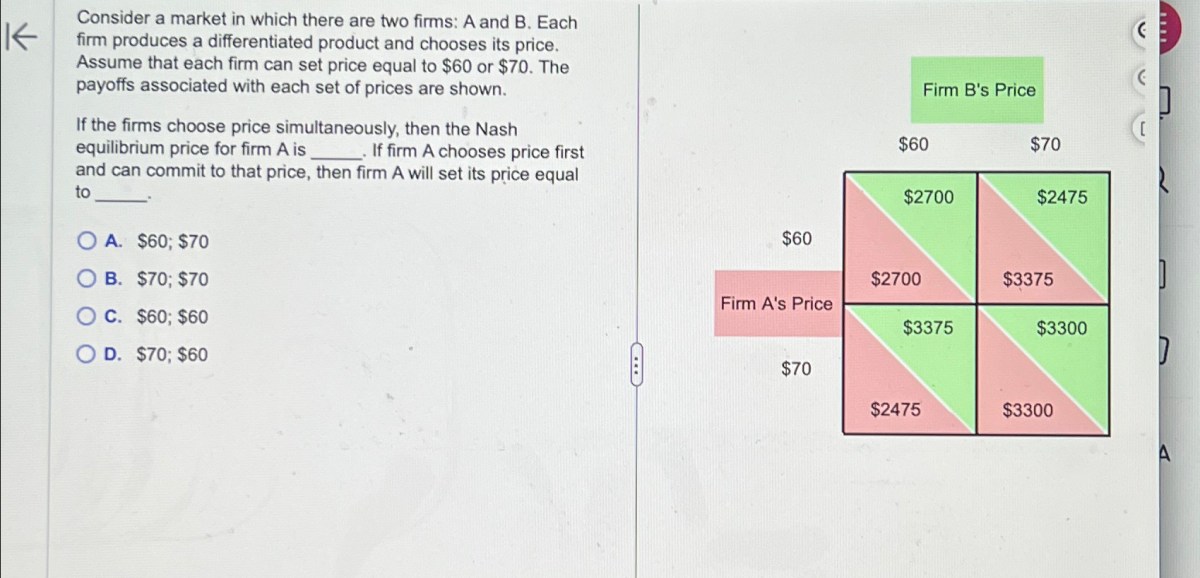
Imagine a three-round Centipede Game. At the first stage, Player 1 chooses between taking $2 or passing the pot to Player 2. If Player 1 passes, the pot becomes $4. Then Player 2 can choose between taking $3 or passing the pot to Player 1, increasing the pot to $6. If Player 2 passes, Player 1 can then choose between taking $5 or passing to Player 2 for a final pot of $8.
Each choice point represents a decision node with the respective payoffs branching out depending on the choices made. The final payoffs are determined by the last decision made.
A four-round Centipede Game flowchart would show a similar structure, but with an additional round and more decision nodes, expanding the possible paths and outcomes exponentially. Each decision node would have two branches representing “cooperate” and “defect,” leading to different payoff combinations at the end of the four rounds.
Alternative Game Structures and their Outcomes
The Centipede Game can be compared to other sequential games like the Prisoner’s Dilemma, which also explores cooperation and defection. However, the Centipede Game’s repeated interactions and increasing payoffs create a unique dynamic. Increasing the number of rounds generally increases the likelihood of cooperation, as players have more opportunities to gain from cooperation before a potential defection. Varying the payoff amounts at each stage can significantly impact player choices.
For instance, making the payoffs for cooperation much larger relative to defection at each step might encourage greater cooperation.
Last Point
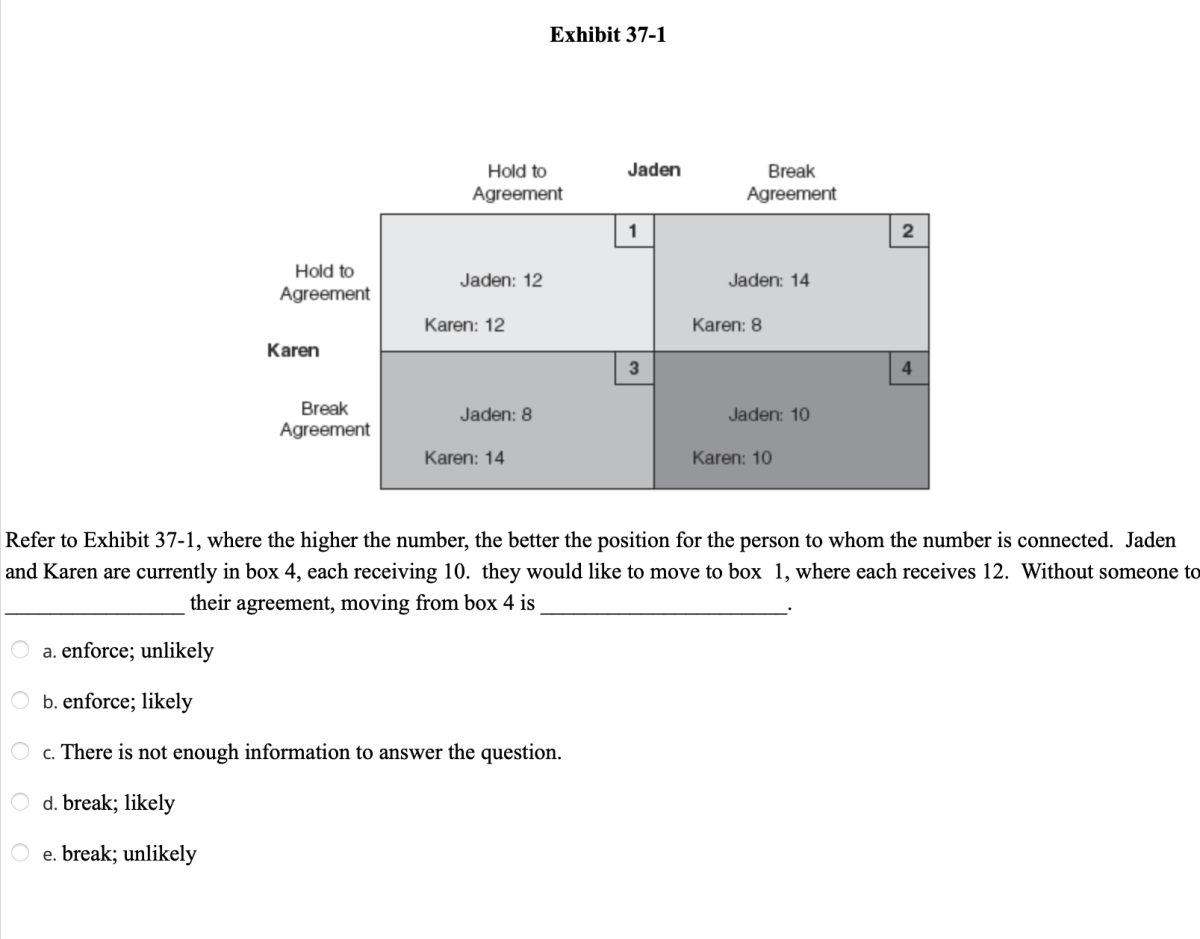
The Centipede Game, while seemingly simplistic, unveils profound truths about human decision-making. The clash between rational self-interest and the potential for cooperation highlights the influence of psychological factors like risk aversion and trust. Ultimately, the game serves as a powerful model for understanding not only strategic interactions but also the broader dynamics of cooperation and conflict in various real-world contexts, from international relations to everyday negotiations.
Its surprising outcomes consistently challenge game-theoretic predictions, prompting further investigation into the intricate interplay between rationality and human behavior.
Key Questions Answered: Centipede Game
What happens if the game continues to the end?
If both players cooperate until the final round, they both receive the highest possible payoff. However, this is rarely observed.
How does the number of rounds affect the outcome?
Increasing the number of rounds generally increases the likelihood of cooperation, although it doesn’t guarantee it. The temptation to defect remains a significant factor.
Are there any real-world examples of the Centipede Game?
Negotiations, arms races, and certain types of economic interactions can be modeled using the Centipede Game framework.
What are some common mistakes players make in the Centipede Game?
Players often fall prey to short-sightedness, focusing on immediate gains rather than long-term benefits of cooperation.
